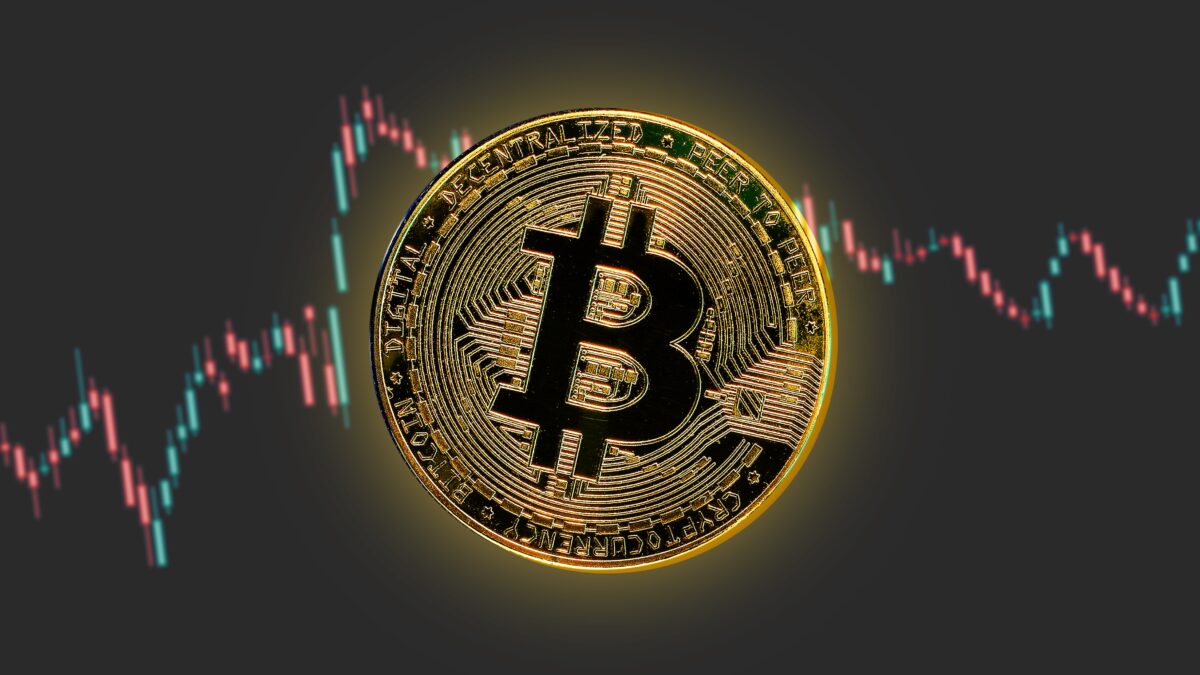The US equity market saw a promising start to the week as futures linked to the major indexes, including the S&P 500 technical analysis, showed marginal gains following their most robust week of the year. The Dow Jones Industrial Average climbed 5.07%, the S&P 500 rose 5.85%, and the Nasdaq Composite surged 6.61%. Such bullish movement after a soft monthly jobs report speaks volumes about the market’s resilience.
S&P 500 Technical Analysis
The S&P 500’s recent surge indicates a robust recovery, creating an optimistic atmosphere as we approach November’s trading activities. During this month, the S&P 500 typically thrives, echoing historical patterns, marking the best six-month return since 1950. The upbeat trend is further reinforced by the Stock Traders’ Almanac, which points out November as the best-performing month for the S&P 500. Based on historical data, investors are eyeing the potential for a 7.00% average return from November through April. Such trends could act as a tailwind, aiding further recovery in stocks.
Earnings Season, Federal Reserve Updates, and Market Sentiment
As earnings season winds down, attention shifts to the remaining companies’ financial updates. Traders eagerly anticipate reports from influential entities like Walt Disney, Wynn, MGM Resorts, Occidental Petroleum, and D.R. Horton. Meanwhile, Federal Reserve Chair Jerome Powell’s forthcoming speeches take centre stage after the recent decision to maintain rates unchanged. The significant impact of bond yields on equity markets leaves investors pondering the future trajectory of the Fed’s monetary policy.
In conclusion, as the S&P 500 technical analysis unfolds, it’s evident that November presents a favourable backdrop for equities, with the S&P 500 historically performing well during this month. The recent surge in US equity futures and strong weekly performances add to the index’s optimism. Investors should keep a close eye on these developments and stay engaged in S&P 500 forums to stay informed about the latest market trends and insights, particularly in comparison to international indices like the S&P 500 vs FTSE 100 or the Nasdaq vs S&P 500.











COMMENTS